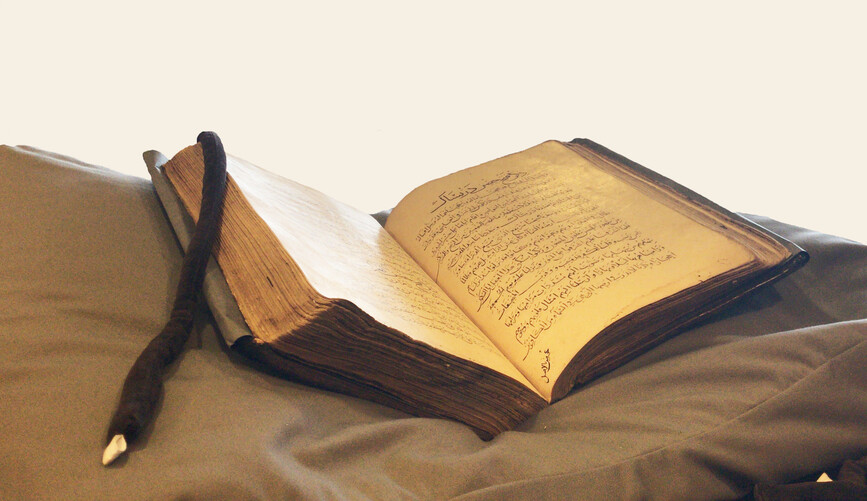The Samāʿ and Futuwwa in Ilkhanid Erzincan: Contextualizing the Multiple Compilation, MS Ayasofya 2049

Online ZOOM lecture by Dr. Sara Nur Yıldız | Middle East Technical University (METU), Turkey
Abstract Ayasofya 2049 is a multiple compilation of 246 folios copied in the fourteenth century and contains sixteen Arabic and Persian works dealing mainly with futuwwa and related topics. The first work in the compilation is the Awṣāf al-ashrāf, on Sufi ethics by Naṣīr al-Dīn al-Ṭūsī (d. 1274). It is followed by a series of futuwwa texts and handbooks bearing the generic name, Kitāb al-futuwwa. Some are composed by well-known authors such as al-Sulamī (d. 1021) and al-Suhrawardī (d. 1234), others by more obscure individuals, such as Akhī Aḥmad al-Muḥibb b. Shaykh Muḥammad b. Mikāʾīl al-Ardabīlī and Aḥmad b. Ilyās al-Naqqāsh al-Khartbirdī, as well as several unattributed Kitāb al-futuwwa. In addition to the series of works entitled, Kitāb al-futuwwa, is a short Arabic treatise of six folios, Kitāb al-Maʿrifa wa’l-maḥabba wa’l-futuwwa.
Of particular interest to this talk is the final work of the manuscript, the al-Hadiyya al-saʿdiyya fī maʿānī al-wajdiyya (ff. 241a-245b) composed in Persian, by a certain Aḥmad ibn Muḥammad ibn Muḥammad al-Ṭūsī who, I argue, was most likely the son of Naṣīr al-Dīn al-Ṭūsī by the same name, a military commander. The work describes a samāʿ session in held in Erzincan that the Ilkhanid ṣāḥib-dīwān Saʿd al-Dīn [Savājī] (1298-1311) attended. The author Naṣīr al-Dīn al-Ṭūsī claims to have composed the work specifically as a gift for the ṣāḥib-dīwān. This talk first attempts to situate Naṣīr al-Dīn al-Ṭūsī’s work, embedded in a composite manuscript of futuwwa works, in the context of Erzincan under Ilkhanid rule. Constituting an important node along main trade routes headed for Tabriz, Erzincan was an economically vibrant city known for its textile production, Armenian futuwwa, and Muslim akhis. This talk also explores how the samāʿ functioned as a site of sociability during the Mongol period as a way of integrating local elite within imperial power structures through personal ties established with Ilkhanid officials.
Please register with: https://oeaw-ac-at.zoom.us/webinar/register/WN_u5YUjftjQf2B0DXsgwu2og
This is the 4th lecture in the webinar series for the academic year 2023-24 - organised by the NoMansLand research project (FWF Y 1232) dedicated to the study of Islamic manuscripts in pre-modern Iran and Central Asia.
Convenor: Project team "Nomads' Manuscripts Landscape"
For a list of upcoming lectures in the webinar series, please see Webinar series "Pre-modern Islamic manuscripts"